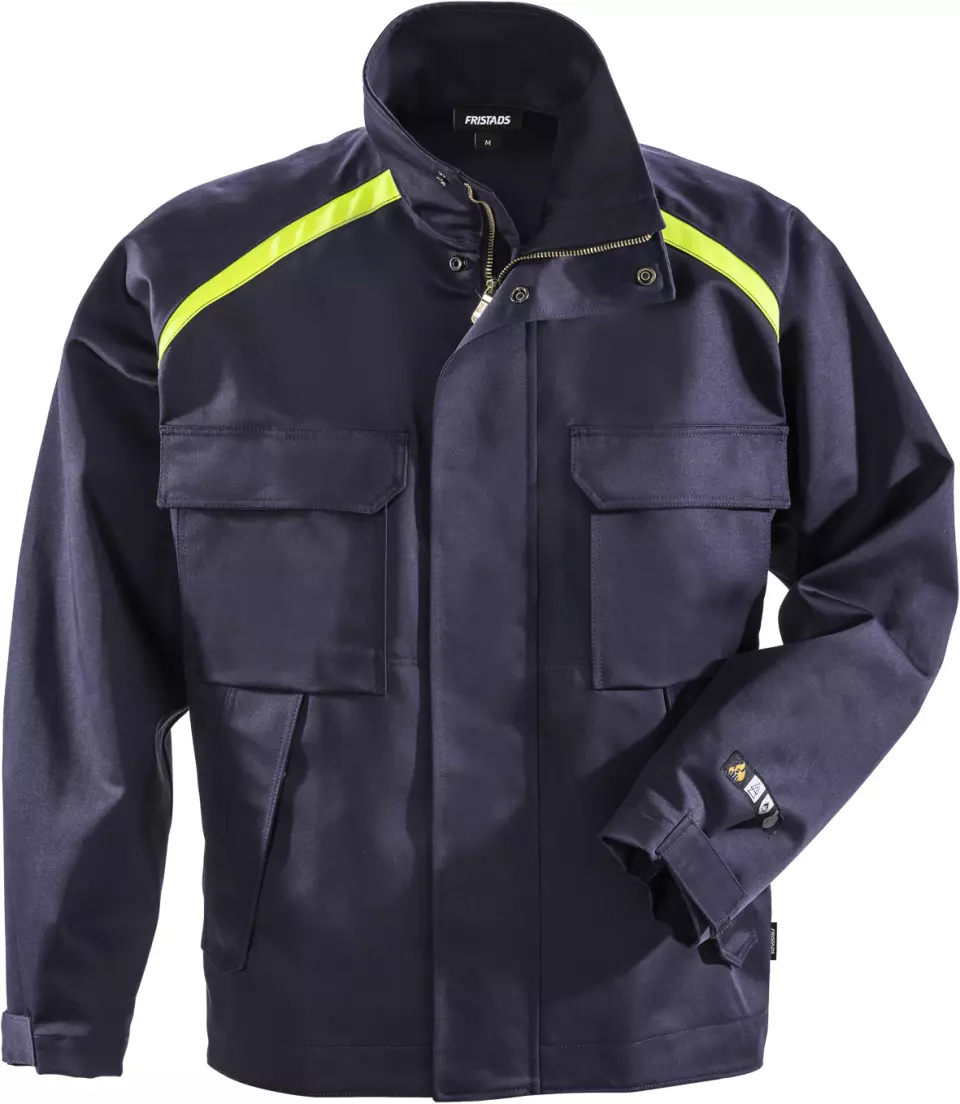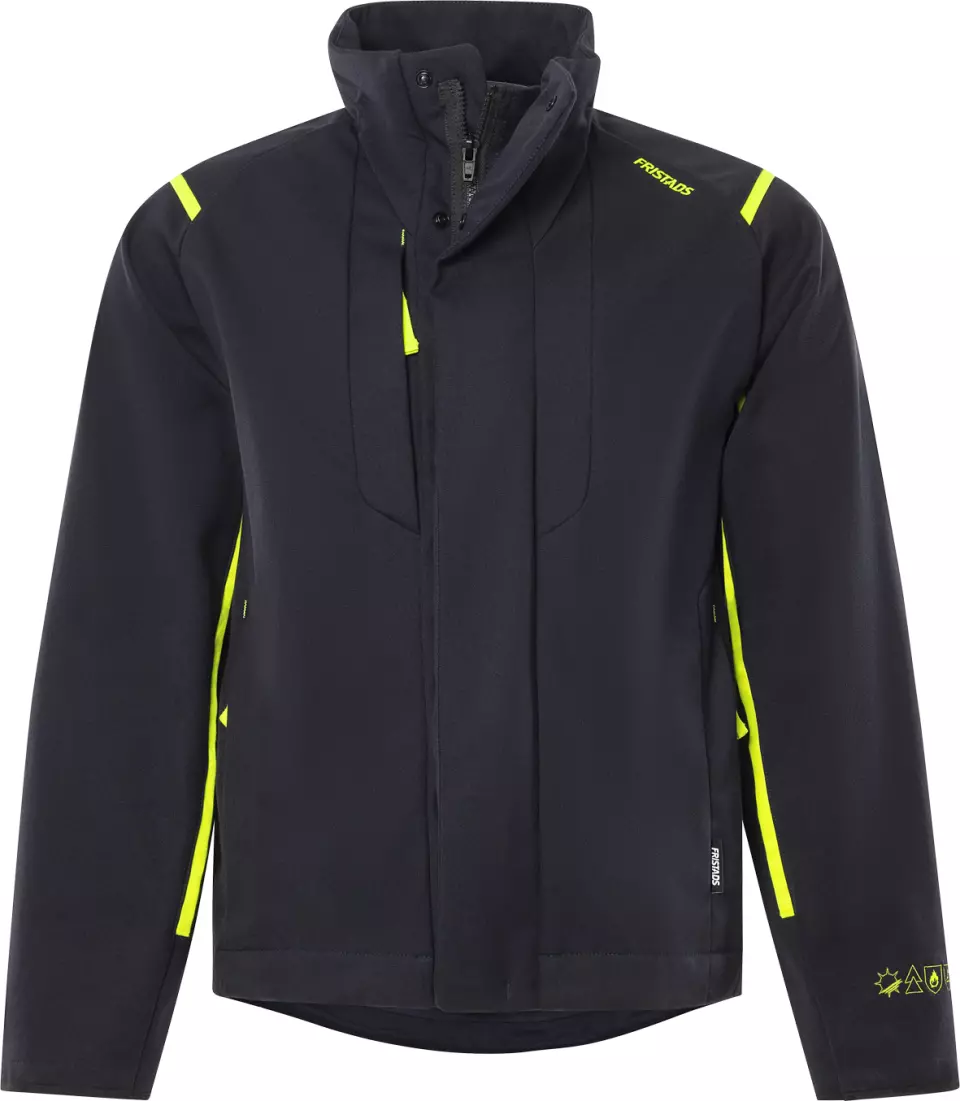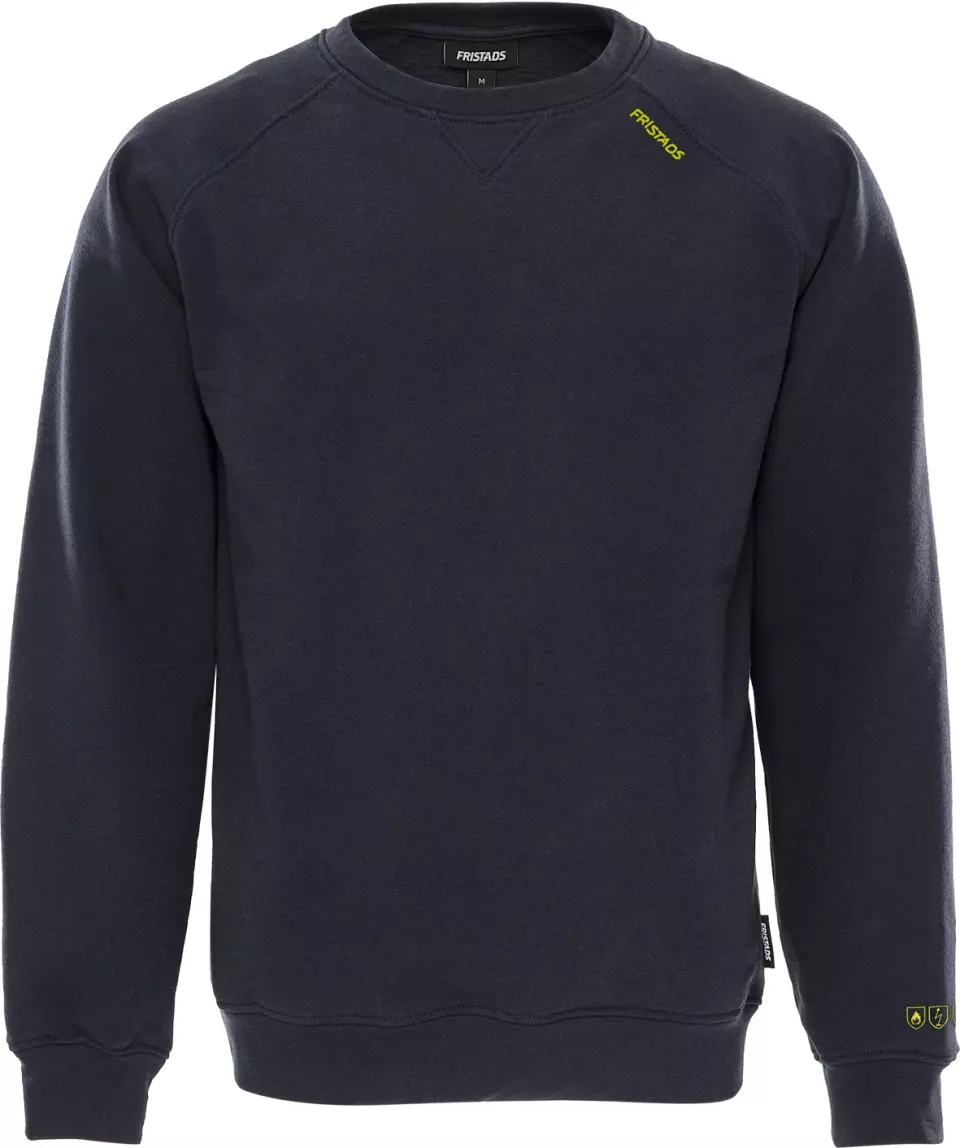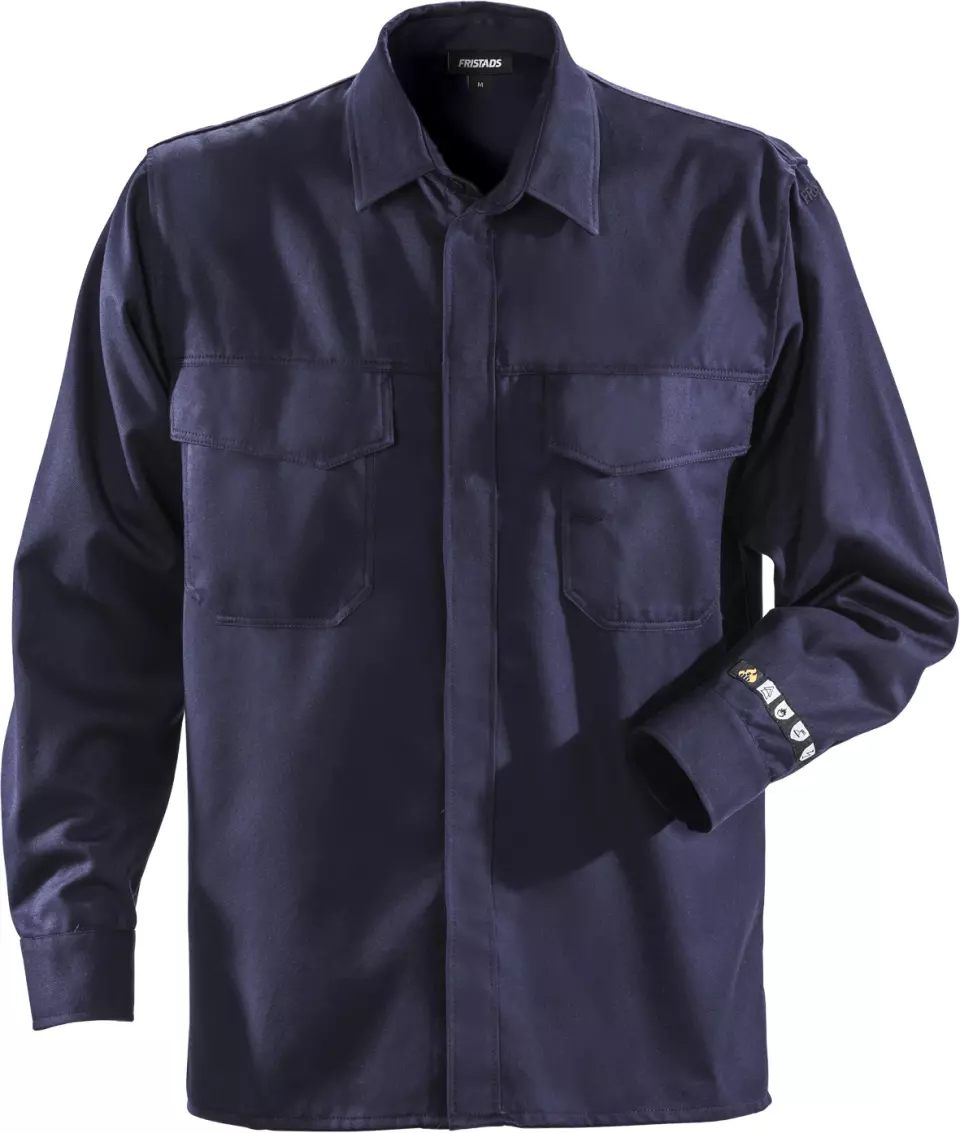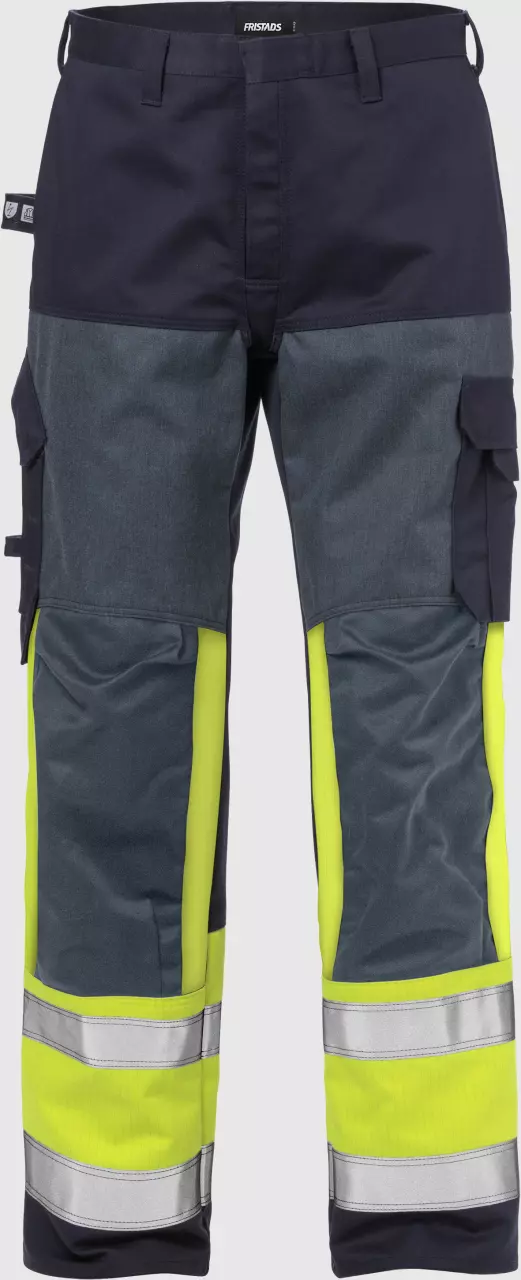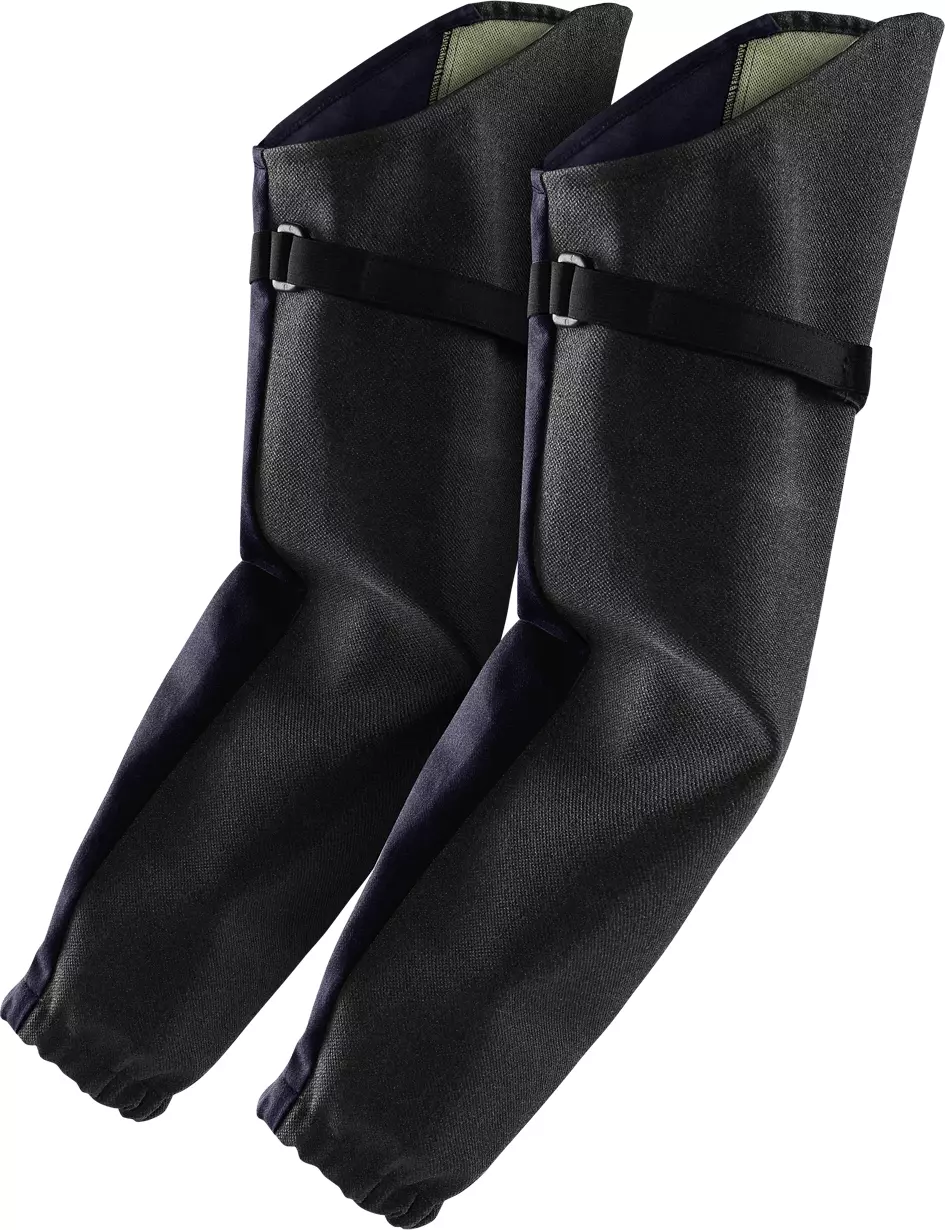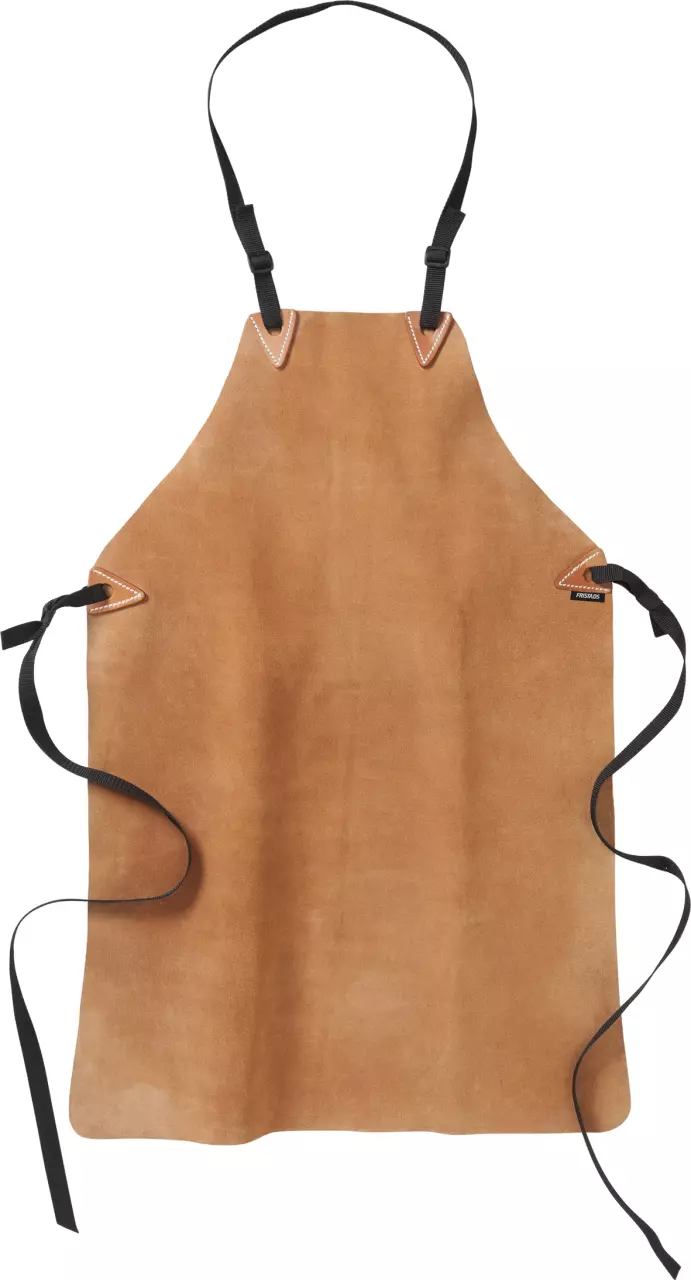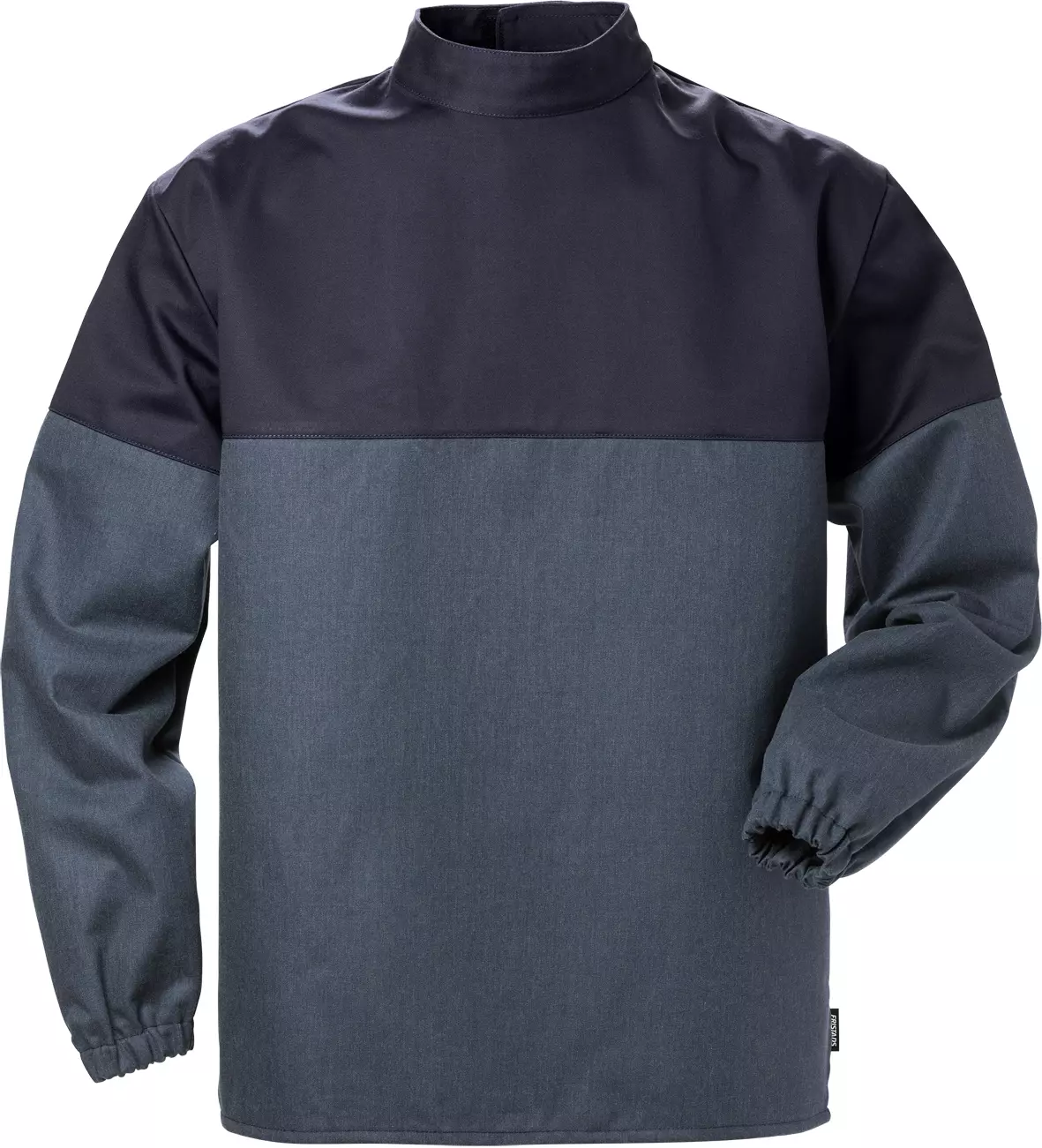
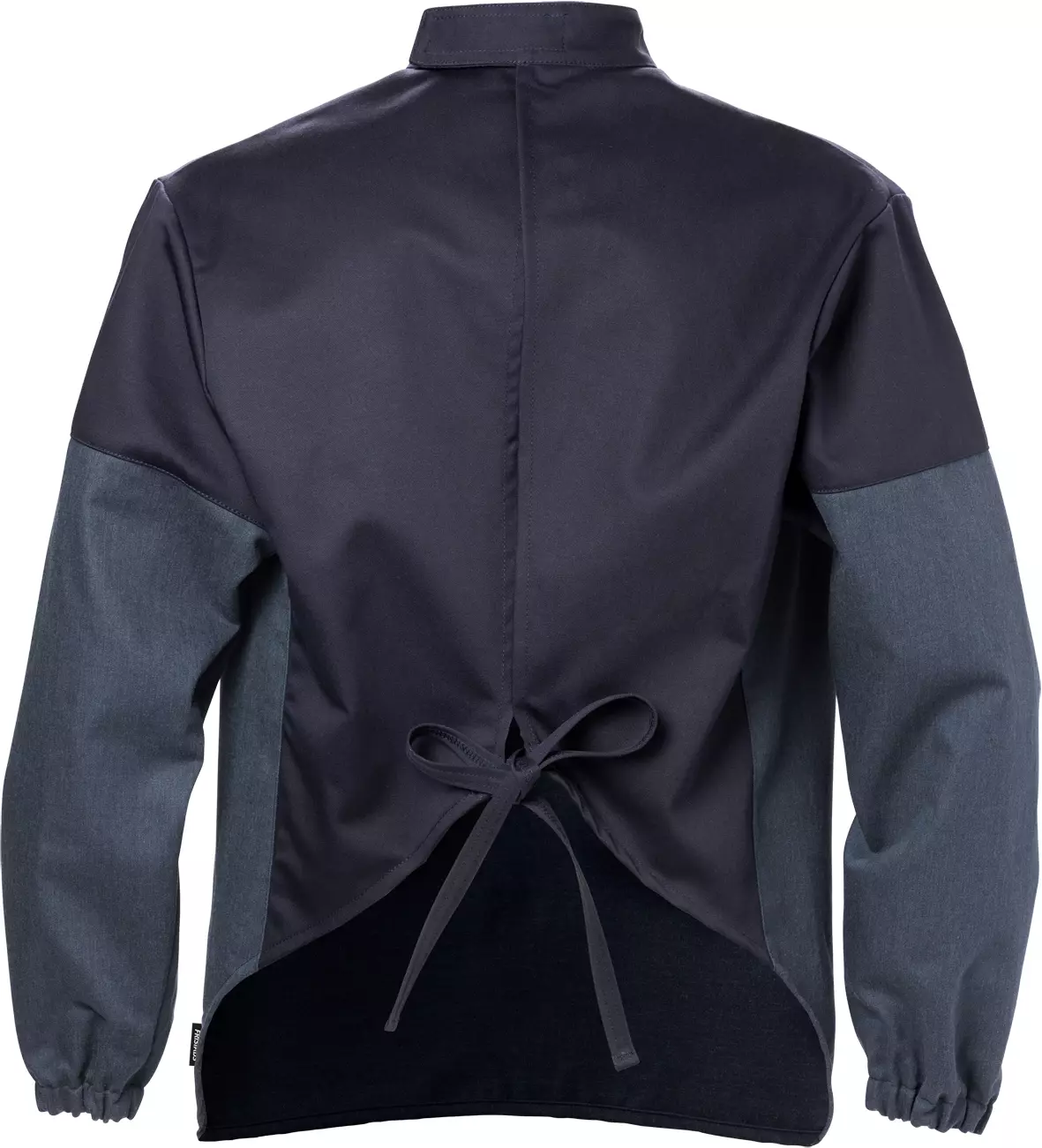
Features You'll Love
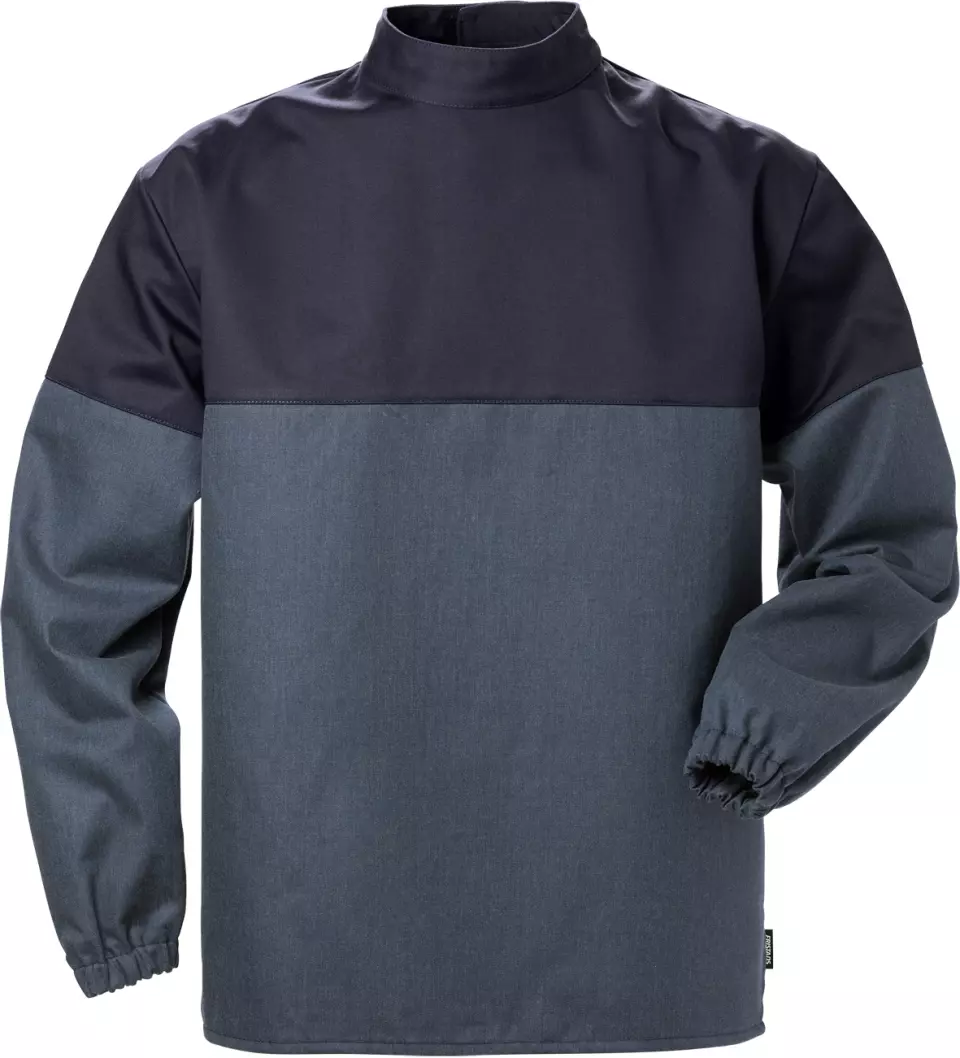
Cuff Style · Elastic
How the sleeve opening closes or fits at the wrist, affecting protection from elements and comfort during movement.
Fristads
Flame Welding Coat 3587 FLAM
Flame Welding Coat 3587 FLAM
5 / 5
122,15 €
Choose size
Free delivery
Features You'll Love

Cuff Style · Elastic
How the sleeve opening closes or fits at the wrist, affecting protection from elements and comfort during movement.
Product description
Professional welding coat with aramid reinforcements on front panel and sleeves for enhanced protection during welding and flame work. The garment meets multiple safety standards including EN 61482 for arc protection and EN ISO 11611 for welding protective clothing. With practical closure systems and elastic sleeve cuffs, the coat offers comfort and functionality for year-round use.\n\nProduct Features:\n- Velcro closure at neck and strap closure at back\n- Front panel and sleeves reinforced with aramid\n- Elastic sleeve cuffs\n- Approved after 50 washes\n- Suitable for industrial washing according to ISO 15797\n\nTechnical Details:\n- Material weight: 365 g/m²\n- Reinforcements: 340 g/m²\n- Body zone: Upper body\n- Season: Year-round\n- OEKO-TEX® certified\n\nStandards:\n- EN 61482-1-2 APC 1\n- EN 61482-1-1-1 ELIM: 8 cal/cm²\n- EN ISO 11612 A1 B1 C1 E2, F1\n- EN ISO 11611 A1 Class 1\n- EN 1149-5
